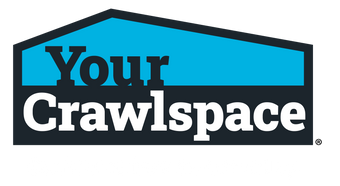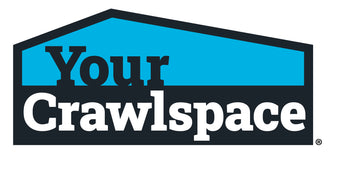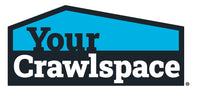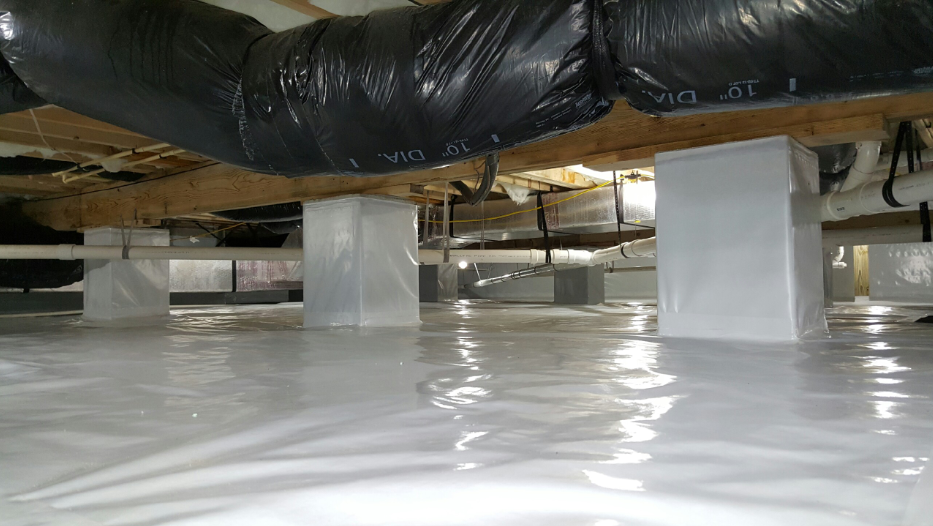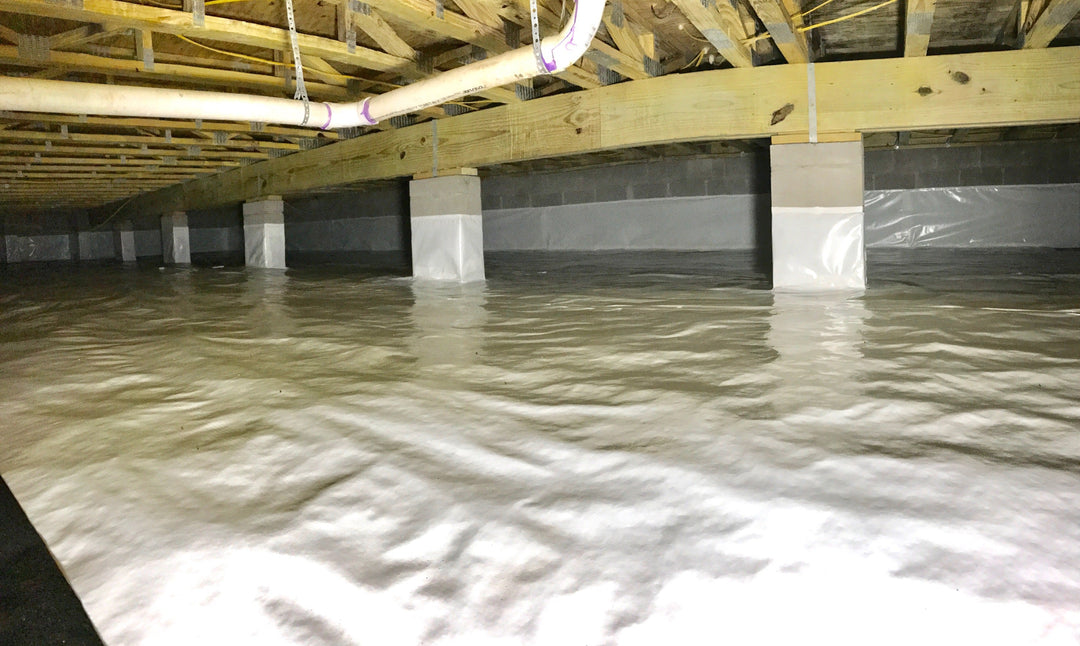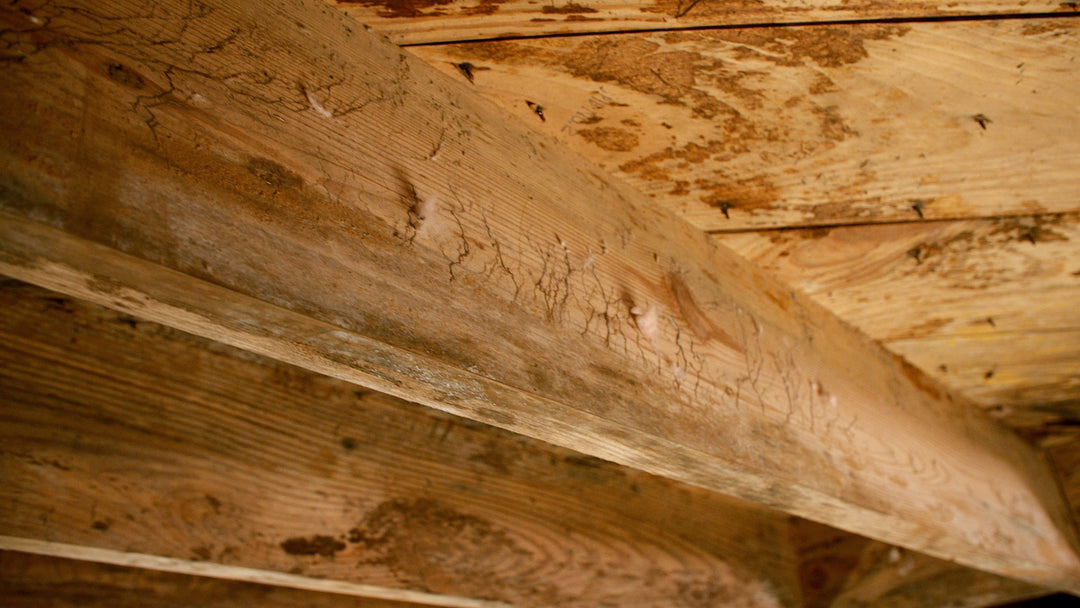Why Crawlspace Moisture Barriers Are Essential to Homeowners
Tips from a Crawlspace Industry Expert
Since the mid to late ‘40s and the introduction of air conditioning, home builders adopted underpinned crawlspaces as a standard building practice to help the home retain a comfortable temperature in the summer. At the time, this was considered a great technological advancement in home construction. However, over the course of years, the old saying “for every action there is a reaction” became apparent to the home building industry and homeowners when they realized that moisture levels in underpinned crawlspaces would be an issue.
Water is a natural solvent and eventually will break down materials after a period of exposure. Wood expands or swells when the moisture content rises. This is very noticeable when doors and windows seem to jam or not shut properly. Issues associated with too much moisture in the crawlspace include musty odors, wood staining, and eventually, mildew, mold, and wood-destroying fungal growth that will damage your home to the point of expensive repair costs if left unchecked.
Crawlspace Condensation
To better understand this concept, here’s an example. On a hot summer day, people enjoy a tall glass of ice-cold lemonade, iced tea, or just ice water. I know that sounds very refreshing, doesn’t it? But once you have that refreshing beverage, you will notice water (i.e. condensation) developing on the outside of the glass. That condensation is caused by the air on the outside of the glass being warmer than the temperature of the glass. The water vapor in the air (humidity) when it comes into contact with the colder surface becomes heavier and turns into water droplets.
This same process happens inside the crawlspace of your home. The ground will yield several gallons of water vapor on a hot summer day, and even on a mildly warm day. Not to mention, the additional warm moist air that blows into the crawlspace through the foundation vents. Just like the condensation that forms on the outside of the ice-cold glass of lemonade, when the warm moisture-laden air comes in contact with the cooler surfaces inside the crawlspace, the water vapor condenses into water droplets which then wet the ground, the crawlspace insulation, and ultimately, the wood framing in our crawlspaces. This increased moisture is more than the home can naturally handle, and the excess moisture is the threat.
Vapor Barrier to the Rescue
Then how do we protect our homes from this threat? One step that can be taken is to install a crawlspace moisture barrier, or vapor barrier, on the ground inside the crawlspace. The Residential Building Code requires that this vapor barrier must meet certain standards to be as effective as possible. It must be durable so a minimum thickness of a 6 mm poly must be used (class 1 permeable rating). The retarder or barrier must cover 100% of the ground surface and then proceed up the foundation wall a minimum of 6 inches or more. The barrier should be attached to the foundation wall. This practice is to keep the liner from falling down and allowing the water vapor to escape back into the crawlspace. The barrier seams should overlap a minimum of 6 inches where the pieces come together, and then those seams need to be sealed with adhesive or tape to keep the sheets of poly from pulling apart. I believe in taking it one step further and suggest wrapping the piers of the home as well, and that should also be seamed to the ground moisture barrier.
This essential moisture barrier when properly installed will a) control the ground evaporation, b) lower the humidity inside the crawlspace, and c) help protect your home from excessive moisture. Now you understand why it’s so important!
With new construction, this vapor barrier should be installed by the building contractor. However, if your home is older and there is no existing barrier or the old barrier has become displaced and is no longer protecting your home, what should you do?
Whether you are a DIYer or you prefer to hire a professional, I suggest you do your research first. There are many professional sources available online, and I highly recommend YourCrawlspace.com. They have a complete system with how-to videos that will walk you through the entire process from planning the project and calculating your material needs to providing those materials with patented products that are guaranteed to work for you. The entire team at Your Crawlspace is available to answer your questions and offer professional advice.
Don Richards A.C.E., CPI
